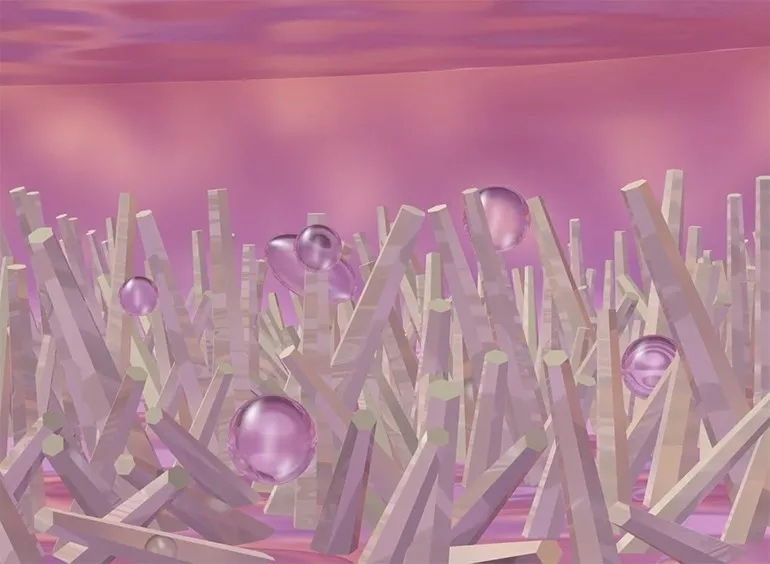How to detect cancer in 1ml urine? We need such a device
Release date: 2018-01-05
Intercellular communication is carried out through a number of different mechanisms. Some of these mechanisms are well known: in animals, for example, predatory threats can drive the release of norepinephrine, a hormone that triggers heart and muscle cells to enter a "war or escape" response through blood flow. status.
An intercellular transport that may not be familiar to you is through extracellular vesicles (EVs). The EV can be imagined as a "small piece" of pinch-off in a cell, serving as a task for information transfer between cells in the body. These messengers are now recognized as a key medium for communication between cells.
Researchers from Nagoya University have developed a nanowire device that can detect trace levels of urine markers that may be involved in cancer.
In a study published by the researchers in Science Advances, they showed that they have developed a new medical device that can effectively capture these extracellular vesicles. Small fragments of these cells have potential application value for detecting cancer.

Takao Yasui Image Source: Nagoya University
Research leader, article author Takao Yasui explained, "Extracellular vesicles may be used as clinical markers. The molecular composition contained in EV may provide a diagnostic signal for a specific disease. For doctors, now in any The challenge in the field is to find a non-invasive diagnostic tool that allows them to monitor patients on a regular basis, for example, urine sample testing."
Scientists have discovered that many of the molecules in EV are small RNAs, which are short-fragmented ribonucleic acids that play different roles in normal cell biology. The key is that specific small RNA in the urine may be a sign of some serious diseases, such as bladder and prostate cancer. Although these substances can theoretically help doctors diagnose cancer, there are still many technical obstacles to overcome.
One of the obstacles is finding a viable way to capture enough extracellular vesicles for analysis in a routine clinical setting.

After the urine sample is introduced into the device, the nanowire substrate can capture extracellular vesicles by electrostatic force, and then small molecule RNA can be directly extracted from the substrate. Image source: Nagoya University Takao Yasui
“In urine, the EV content is extremely low, less than 0.01% of the volume of the liquid. This is a major obstacle to their diagnostic use,†Yasui pointed out. “Our solution is to oxidize. Zinc-doped nanowires are embedded in specific polymers to create a unique material that we believe can capture these vesicles efficiently. Our findings show that this device is actually very effective. We have gained more than With a 99% collection rate, this yield exceeds any existing methods in the field, including ultracentrifugation."

A comparison of the collection of RNA using nanowires and conventional methods.
Image source: Nagoya University Takao Yasui
To test the utility of their device, the team compared small RNAs isolated from healthy people and patients with EVs that have been diagnosed with bladder, pancreatic cancer, and other forms of cancer. It is worth noting that their technique requires only 1 ml of urine, and the researchers found a greater number of different types of small RNAs compared to standard ultracentrifugation methods.

Different types of small RNAs identified from healthy donors and cancer patients.
Image source: Nagoya University Takao Yasui
“It’s not easy to find a specific, reproducible marker to help diagnose cancer. This is especially true for small RNAs, a new class of biomarkers in the field,†said co-author Yoshinobu Baba. “Sometimes finding a reliable small RNA is considered successful. In this way, we have surprisingly found more than one, but all different types of small RNA combinations that may be associated with different types of cancer. Of course These findings are still in their infancy, but we hope that this device will help lay the groundwork for an easier way to help diagnose those life-threatening diseases as early as possible."
Source: Health New Vision (Micro Signal HealthHorizon)
disposable trocar, spc trocar, laparoscopic trocar, thoracic trocar
Hunan Yaoming Medical Technology Co, Ltd , https://www.yaominmed.com
